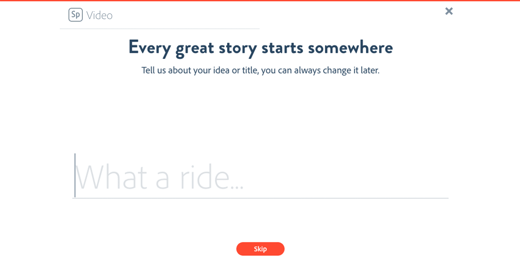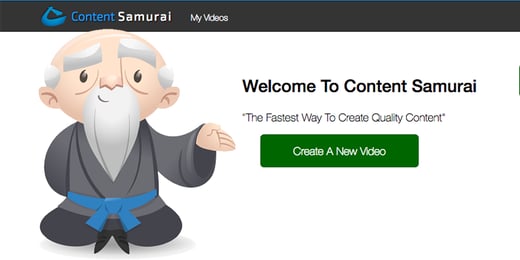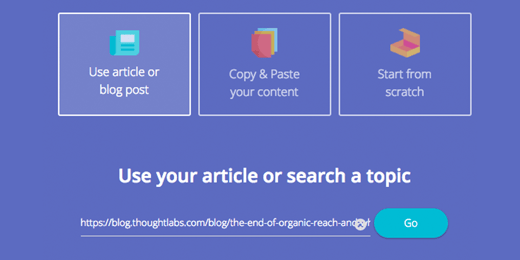In my last post on using LinkedIn for business, I touched on the subject of using LinkedIn Groups to promote your brand. In this post I'm going to show you three steps you should take to determine the LinkedIn Groups strategy that you should pursue for your business.
It should go without saying, but I'm going to say it anyway. Your LinkedIn Groups strategy will be focused on interacting in groups as individuals, not a faceless brand name. It is individual employees, senior officers, or business owners at your company who will join and interact with others in LinkedIn Groups.
Even if you find yourself in a position to start a new group, you will find that you will need individuals in your organization to post content, engage with group members' content, and moderate the new community you have made in your LinkedIn Group.
This means the success of your LinkedIn Groups strategy hinges on you giving individuals within your organization the guidelines, best practices, and latitude to build their own connections and audience. It also requires that you not be afraid of your employees building a personal brand that can benefit your business, but will also ultimately be owned by the individual.
1. Should I Make a LinkedIn Group Or Join Existing Groups?
The first step is to figure out how you will be using LinkedIn Groups to promote your brand - should you be active in other groups, or should you be creating your own?
Luckily we're getting off to an easy start here, because there's one simple question that you need to answer - "Is there already a similar group that has an active community?"
On average, people tend to only join 7 groups on LinkedIn, across both professional and personal interests. Most users are also not going to be active in all of them. This means that if a user is already an active member of a similar group, they're unlikely to move away from that community, which they've already invested time and effort into being recognized in as a thought leader, to join a new community. That's not surprising when you consider more than 8,000 new LinkedIn Groups are started every week. Most of those groups are not going to succeed.
The research to figure out if you should build a group is dead simple. All you need to do is search for groups in the same niche your group would fill. If you find an active group with a strong, engaged membership and attentive admins, you're done. The group most likely to appeal to people interested in this niche already exists.
If you find an inactive LinkedIn Group that could mean the niche isn't active enough on LinkedIn to sustain a group, or the group was too targeted (such as focusing on people within a specific industry in one small city). However, it could also mean the group admins lost interest or did a poor job of administrating the group. You'll need to dig through some of the posts to understand whether the group used to be more active, and if members' posts were being choked out by unmoderated spam. You should also run some searches for the traits that you expect people who would want to join your group would have on LinkedIn, so you can understand how big of a potential audience you might be able to reach.
If you decide to attempt to compete against an established group, then realize that you are fighting an uphill battle. The reason that established social media sites aren't replaced by new competitors year after year is the same reason that established LinkedIn Groups rule the roost, everyone is already there. All of their connections, all of the people they want to connect with, all of the people they want to get their content in front of, they're in the group you're competing with. You would need to provide a very strong incentive for those people to come join your group and start investing their time and effort into something that may or may not succeed, rather than invest their efforts into establishing a reputation within an established group that is much less likely to fail.
If you are a large corporation with brand recognition and lots of money to spend on advertising your group, you might be able to pull it off. It still wouldn't be the most efficient or effective use of your ad budget though, nor is your group guaranteed to be as active or large as competing groups if you're missing those key elements that make people want to join a group.
2. What Steps Should You Take to Find and Join the Right LinkedIn Groups?
For most brands, building a community within a LinkedIn Group just isn't going to be feasible. You'll be faced with the reality that there's either already an existing, active group or you don't have the resources to devote to moderating and managing an additional community.
In this case, what you should do instead is participate in existing LinkedIn Groups within your niche and other niches that are relevant to your business goals. This may not always mean joining groups within the industry you work or the industry your business fits into. For example, if you're interested in selling a software solution to people in the health care industry, join groups where decision makers in hospital management might be active.
Here are the steps you'll need to follow:
- Know what your business goal is. What are you trying to achieve by being in a LinkedIn Group?
- Find groups within the niche where you want to gain exposure, share your content, and be recognized as a thought leader.
- Once you have a list of groups within the niche(s) you need to target, don't jump into any of the groups with both feet yet. Spend some time looking at how other people interact with the group, how it is moderated, what the rules are, whether the activity is valuable (ie, are people just sharing content that nobody interacts with, or are there real discussions happening?). Shorten your list down to the groups that best fit your needs. Ideally you want groups that host real conversations between members and have an active, but not overzealous team of moderators to manage the group and prevent it from declining due to poor content quality and overwhelming spam.
- Now that you've got a short list of groups, introduce yourself on the groups you're going to focus on. Let the existing members know you're looking to make new connections, keep up with news and trends, and mention the topics within your industry that you're most interested.
- DON'T SPAM THE GROUP. At first you should only post links to content when it is relevant to a discussion or you've noticed that it's a topic a lot of people in the group want to learn more about. Resist to urge to carpet bomb your new friends with content. Keep to posting one helpful article a week, and make sure that you're contributing to other conversations or starting conversations on other people's content far more often than you're posting your own. Taking an interest in other people's content and conversations will help you make some new friends and become more visible to the most active core members of the group. Then, when you start posting a blog post or two each week, they'll see you as a contributor, rather than as someone who is there to broadcast the same spam posts to dozens or hundreds of similar groups. They will also be more likely to take an interest in your content as well, and to connect with you on LinkedIn.
3. How Will You Drive Real REsults For Your Business Using LinkedIn Groups?
Lastly, you need to decide how you want to use LinkedIn Groups to reach your business goals. This is where we will bridge the gap between using LinkedIn Groups for your business and reaching the goals you outlined in step 1 of question 2.
Here are a few examples to help you get started:
Access to Decision Makers
If you want to sell to decision makers within a certain industry, one of your goals should be to meet and make new connections with senior and middle managers within that target industry.Get Qualified Leads
If you're trying to convert traffic on your website into qualified leads that your sales team can follow up with, you should be making an effort to funnel traffic from relevant LinkedIn Groups to your website. Just don't forget that you'll need to do this organically, by building new connections in the group. Not by spamming it.Recruit Great Candidates
If you need to recruit people for a specific role at your company you'll want to join groups where people who work in similar roles will be, and also some groups focused on job hunting within the industry the role fits in (for example, if your company is in the mining industry, but you need to hire for an IT role, you would probably have better success in a group focused on people looking for IT jobs and groups focused around IT than you might have in groups focused on mining or jobs in the mining industry).
At this point you now understand whether using LinkedIn Groups is a good fit for your organization, how to decide whether you should join or make a LinkedIn Group, what your platform specific goals for LinkedIn Groups should be, and how reaching those goals will help you move the needle on your overall business goals. You also have the 5 steps from question 2 that you will need to work through in order to be successful at establishing a reputation and developing as a thought leader within a LinkedIn Group.
Armed with this information you can now build a comprehensive LinkedIn Groups strategy for your business.
Oct 10, 2016


